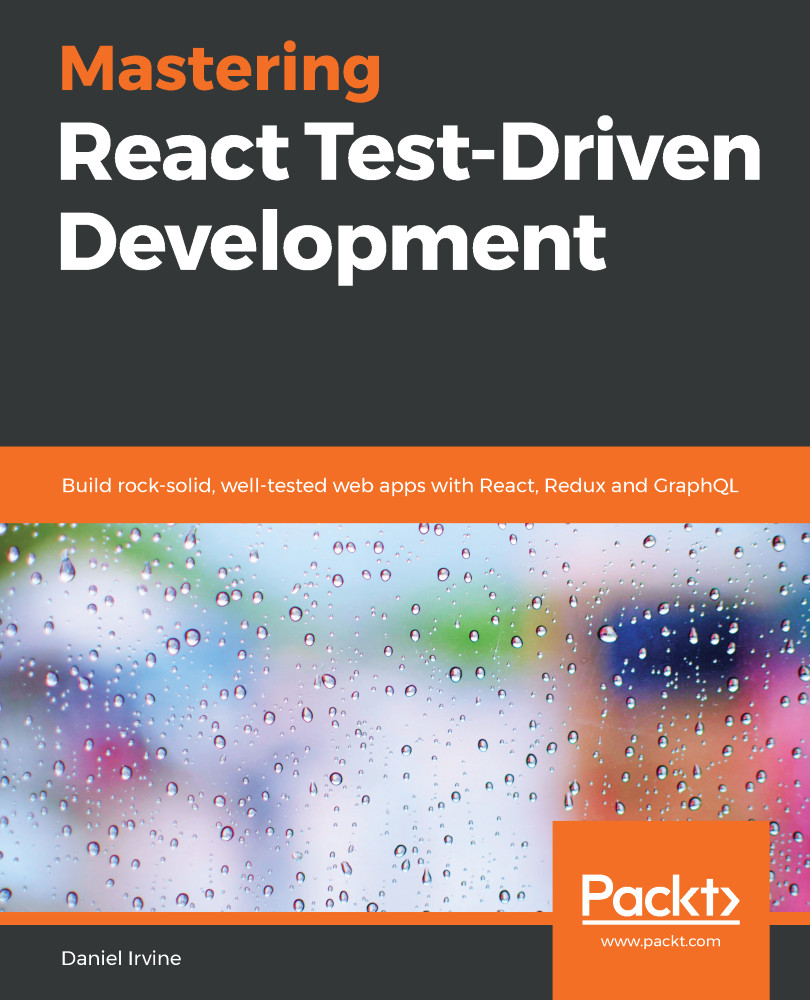It's virtually impossible to build a modern web application without having some kind of form validation. Normally with React, you'll reach for a ready-made validation library that does this for you. You might by now realize that this isn't the choice I'll make, at least not for this book.
Writing your own validation logic from scratch will help you understand what those other validation libraries are doing, and it will help you uncover an important architectural principle when dealing with frameworks like React: moving business logic out of framework-controlled components as soon as possible.
This chapter covers the following topics:
- Performing client-side validation
- Handling server errors
- Indicating that the form has been submitted



